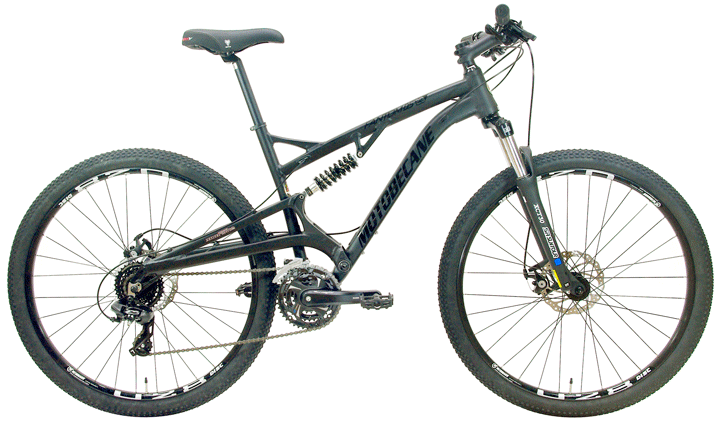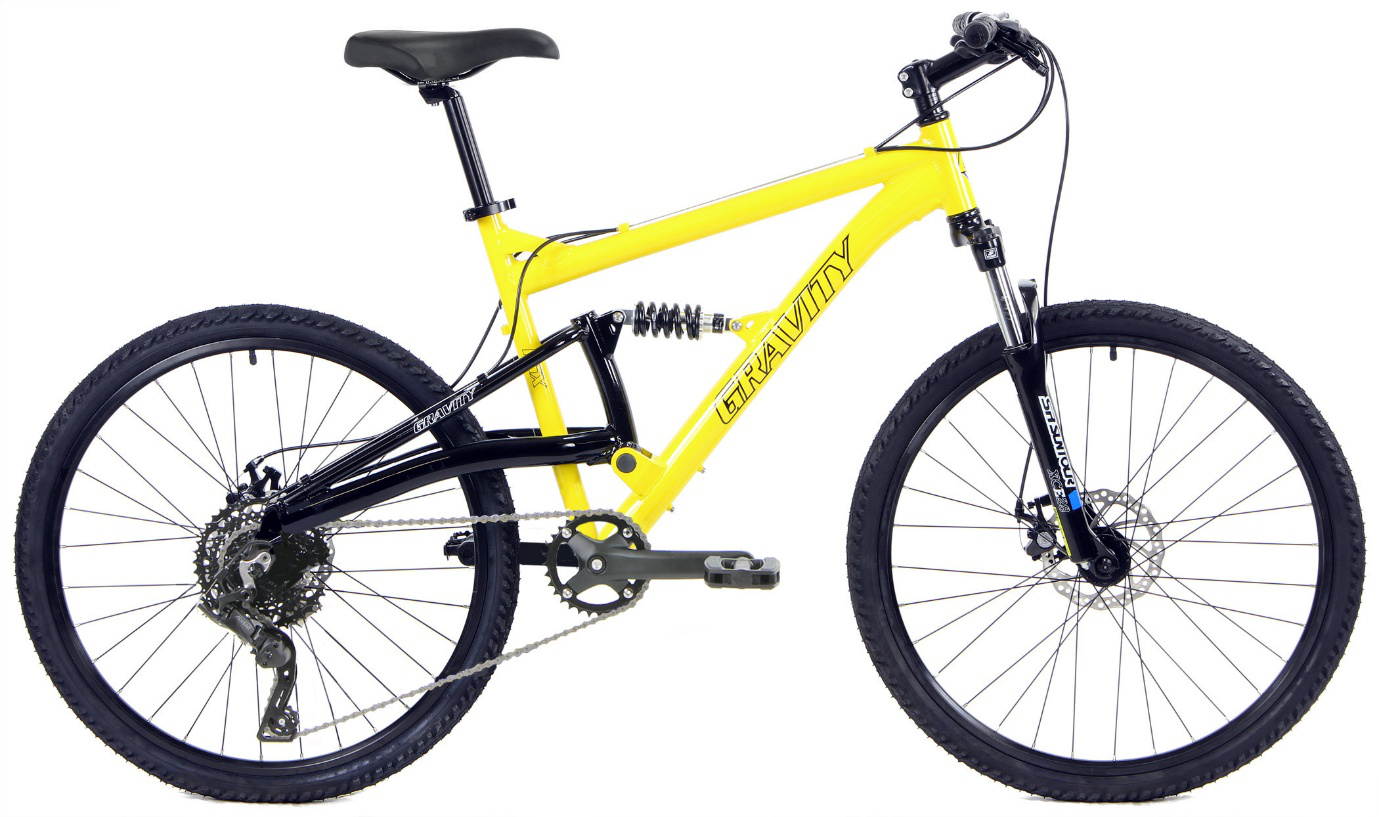When you hop on a bike, those little platforms under your feet—pedals—are one of the few points of contact to the machine. It’s where you ask your legs to turn effort into forward motion. But not all pedals are created equal. The two major camps in the pedal world are clipless and flat (platform) pedals. Each offers a different kind of “connection” to your bike, and understanding their trade-offs will help you choose what fits your goals, style, and terrain best.
In this article, we’ll dig into how clipless pedals enhance power transfer, how flat pedals offer freedom and versatility, the real-world tradeoffs, and how to match your pedal style to your riding ambitions. And yes—we’ll even peek at what the research says.
What Does “Clipless” Even Mean?
First, a little myth-busting: clipless pedals don’t mean “no clip.” The name is a throwback to older systems that used toe clips (the cage-and-strap system). Clipless systems let your cycling shoes clip in via a cleat that locks into the pedal’s mechanism.
When you’re clipped in, your foot is more securely connected to the pedal, meaning less slipping and more efficient transmission of force. But, as with most things in cycling, it’s not a magic bullet. There are tradeoffs.
How Clipless Pedals Improve Power Transfer
If you’re chasing speed, efficiency, or performance, clipless pedals often come up in the conversation—and for good reason. Let’s break down how they can help you squeeze more out of your legs.
1. A More Direct Connection: Less Wasted Movement
One of the biggest advantages of clipless systems is that you eliminate much of the micro-slippage or foot shifting that can happen on flat pedals, especially under high load or in rough terrain. When your foot is latched in, your energy is less “leaky.” That means more of your muscle power goes straight into driving the cranks.
2. Compression of the Pedal Stroke
In high-performance riding—sprints, steep climbs, fast accelerations—being clipped in lets you “draft” a little more force onto that upstroke or help carry the pedal over the “dead spot” near top-dead-center. In practice, elite riders often press hard on the downstroke and minimize upward pulling, but the security of being clipped in allows for more aggressive pedaling styles without fear of losing contact.
For example: in one racing or sprint context, clipped-in cyclists produced ~16.6% more maximum power compared to flat-pedal setups. Also, in a master’s thesis comparing flats, toe-strap, and clipless pedals, average power for short maximal intervals was significantly higher with clipless systems.
3. Better Performance Under High Load
When your speed is up, cadence is high, or you’re climbing hard, small inefficiencies or foot slips matter more. Clipless systems shine in those conditions. One field test showed that clipless setups cut climbing time by ~26 to 41 seconds over flat-pedal setups on comparable climbs. In controlled outdoor sprint tests, clipped-in riders also outperformed flat users in peak wattage scenarios.
Also, a recent study found that the combo of stiff-soled cycling shoes and clipless pedals boosted sprint metrics by ~7–9 % over flexible, non-cycling shoe setups. That suggests that for short bursts or all-out efforts, clipless systems give you a tangible edge.
4. Consistency and Confidence in Pedal Strokes
In high-performance settings—riding fast descents, navigating technical terrain, or shifting your pedal mechanics mid-race—knowing your foot won’t shift helps your brain focus more on line choice, cadence, and strategy. That reliability is one intangible benefit that advanced riders often cite.

Why Flat Pedals (Platform Pedals) Still Rule for Many
Clipless systems tend to hog the spotlight, but flat pedals remain relevant—and for good reason. In many riding styles, their advantages outweigh the marginal gains of clipless systems.
1. Unlimited Foot Position Freedom
On flat pedals, you can shift your foot placement instantly—move forward, back, angle inward, angle outward—to adapt to terrain, jumps, obstacles, or balance demands. That freedom is especially valuable for mountain biking, technical descents, or when you want to dab quickly on loose surfaces.
2. Easy Entry/Exit and No Learning Curve
Flip the bike to a stop, put your foot down instantly—no twisting your heel, no unclip tension settings, no fumbling. For many riders—urban, commuter, casual—this is a massive psychological ease. You don’t have to babysit your pedal technique.
3. Use Whatever Shoes You Want
You’re not bound to cycling shoes. Ride in sneakers, sandals (if brave), or multi-purpose footwear without needing special cleats. That’s big for someone using their bike for errands, commuting, or casual cruising.
4. Fewer Hardware Complications & Maintenance
No cleats, springs, release tension mechanisms, or delicate systems to adjust. Platform pedals tend to be robust, simple, and forgiving. Especially in muddy, gritty, or harsh conditions—flats don’t get clogged with mud the way some clipless designs can.
5. Nearly Comparable Efficiency in Many Cases
Here’s where things get interesting. Several studies and real-world tests suggest that for steady-state, moderate-intensity riding, the efficiency difference between clipped-in and platform setups is negligible. In those scenarios, the difference in overall power output is minimal. Cycling UK notes that outside of maximum-effort sprints or climbs, a clipped-in advantage is often minimal.
Some GCN tests even showed flat pedals holding their own on time trials, hill climbs, and casual sprint segments when matched with good shoes and pedal setups. That doesn’t mean flats outperform clipless in every scenario, but it means the gap isn’t always massive for many riders.
Tradeoffs & Real-World Considerations
Because neither system is perfect, your choice boils down to matching tradeoffs to your riding style, goals, and personality.
Learning Curve & Safety
Clipless systems bring a learning period. The classic rookie move is failing to unclip at a stop and tipping over. That’s part of the rite of passage. Many systems allow easy tension adjustment to ease you in. Flat pedals, by contrast, require no adaptation. You just put your foot down.
Terrain & Riding Discipline
- Mountain bikes / technical trails: Many mountain bikers prefer flat pedals for ease of recovery, ability to reposition, and quick dabs on technical ground.
- Gravel / mixed terrain: This is a sweet spot. Some gravel riders favor clipless systems to take advantage of efficiency on long stretches, yet want stability for rough terrain, hiking segments, or unexpected walk sections. As a result, dual-sided clipless MTB-style pedals (e.g., SPD) are common.
- Road / performance / racing: Clipless is nearly ubiquitous because uninterrupted power transfer and foot security matter more.
- Commuting / urban riding: Frequent stops, traffic lights, errands, and unpredictable conditions push many to stick with flat pedals. But some commuters do adopt clipless systems—especially for longer rides—if they’re comfortable unclipping on demand.
Comfort, Fit & Injury Risk
Clipless systems force more precise foot placement. If your cleats are misaligned, you risk knee pain over time. On the flip side, platform pedals can force more micro-adjustments mid-ride, especially under load, which may strain joints depending on your riding style.

Cost & Accessories
Going clipless usually means buying cycling-specific shoes, cleats, possibly multiple pedal systems (e.g., switching pedal styles between bikes). Platforms let you ride with minimal gear. Also, flat pedals tend to be more tolerant of rugged conditions and lower maintenance.
Versatility & Practicality
Flat pedals excel in practical versatility—you can stop anywhere, wear any shoes, run errands, cross terrain without thinking about cleats. If your ride isn’t purely about performance, those everyday conveniences matter.
Which Pedal System Suits Your Riding Style?
At the end of the day, your ideal pedal probably leans on what you ride, where you ride, and what you’re after. Let’s map some scenarios:
| Riding Type / Goal | Likely Best Pedal Style | Why |
| Competitive road, club rides, long distance | Clipless (road-style or performance) | Every watt counts, foot security, aero gains |
| Trail riding, downhill, jumps, technical terrain | Flat pedals (platform) | Flexibility, quick foot placement, safer dabbing |
| Gravel / mixed terrain | Clipless MTB / dual-sided or hybrids | Efficiency on flow, but flexibility when needed |
| Commuting / errands / urban | Flat pedals, or easy-release clipless | Urban stops favor flat; but if confident, clipless works |
| Casual rides, bike paths, social | Flat pedals | No fuss, no gear, maximum ease |
You don’t always have to pick one forever. Some cyclists mix & match: flats on a mountain bike, clipless on road rigs. Or use hybrid pedals (clip on one side, flat on the other) as a compromise.
Tips for Transitioning & Maximizing Your Pedal Setup
- Ease in the tension on clipless pedals when first starting; crank tension low so you can unclip more easily.
- Practice unclipping in a safe area before hitting traffic or technical zones.
- Use dual-release cleats (multi-release) if you’re new—they allow unclip from different angles.
- Adjust cleat position carefully—even a few millimeters of misalignment can cause discomfort or injury.
- On flat pedals, choose shoe + pedal combos with aggressive tread or pins for better grip.
- Don’t expect instant gains—if you just switch to clipless, you might be slower initially until you adapt your pedal stroke and balance.
- Clean and maintain your pedals/cleats. Mud, grit, and grime reduce performance and life.
Matching Pedals to Bike Types & Goals (via BikesDirect.com’s Lens)
- Road Bike: Clipless is the norm. You’ll ride long, fast, and want that locked-in efficiency.
- Gravel Bike: You’ll often want clipless (MTB-style) for long endurance sections, but with tolerance for rough patches or walking segments.
- Mountain Bike: Flat pedals dominate for many riders due to flexibility, especially in technical terrain. But clipless MTB is also common in cross-country performance.
- Hybrid / Commuter: Flat pedals shine in this space for ease, versatility, and casual riding. Some opt for clipless if they ride long distances or want performance.
- Fat Bike / Snow / Adventure: Flat pedals often make sense here because of the unpredictability of terrain and conditions.
- Beach Cruiser / Casual: You probably won’t want clipless. Flat pedals (or stylized platform pedals) dominate for comfort and style.
So, depending on which bike you ride from BikesDirect.com, your ideal pedal could change.

The Final Verdict: Connect How You Ride
If you’re chasing every last watt, racing, or pushing into performance territory, clipless pedals give you a more direct, secure interface and—under load—real gains. But if your riding is about enjoyment, flexibility, casual outings, or mixed terrain, flat pedals might offer more real-world satisfaction with negligible tradeoffs in many situations.
Your decision should hinge on what kind of rider you are, what terrain you ride, and how much fuss (or gear) you’re comfortable managing. There’s no one-size-fits-all. The best system is the one you can ride with confidence, consistency, and joy.
If you’ve been riding flats your whole life and feel curious, try clipless for a season. Or the reverse: if you’ve always clipped in but want more adaptability, ride flats for a while. You might discover a sweet spot you didn’t expect.
Ride what feels right. And thanks to modern pedal systems, you can always change.
Let BikesDirect.com Help You Ride Better
Looking to match your pedal choice to your next bike? Thank you for choosing BikesDirect.com — we’ve been selling high-quality bicycles online for over 20 years. We believe in bringing you the best deals possible—some are almost unbelievable!
If you want to learn more about our business, visit our About Us page. Each bike comes backed by Warranty, giving you confidence in every purchase.
Thinking about your next ride? Explore our range of bikes — from Hybrid Bike and Gravel Bike to Road Bike, Fat Bike, Beach Cruiser, and Mountain Bike.
Questions or custom requests? Call now — our team is always happy to help you ride smarter, stronger, and in style.


